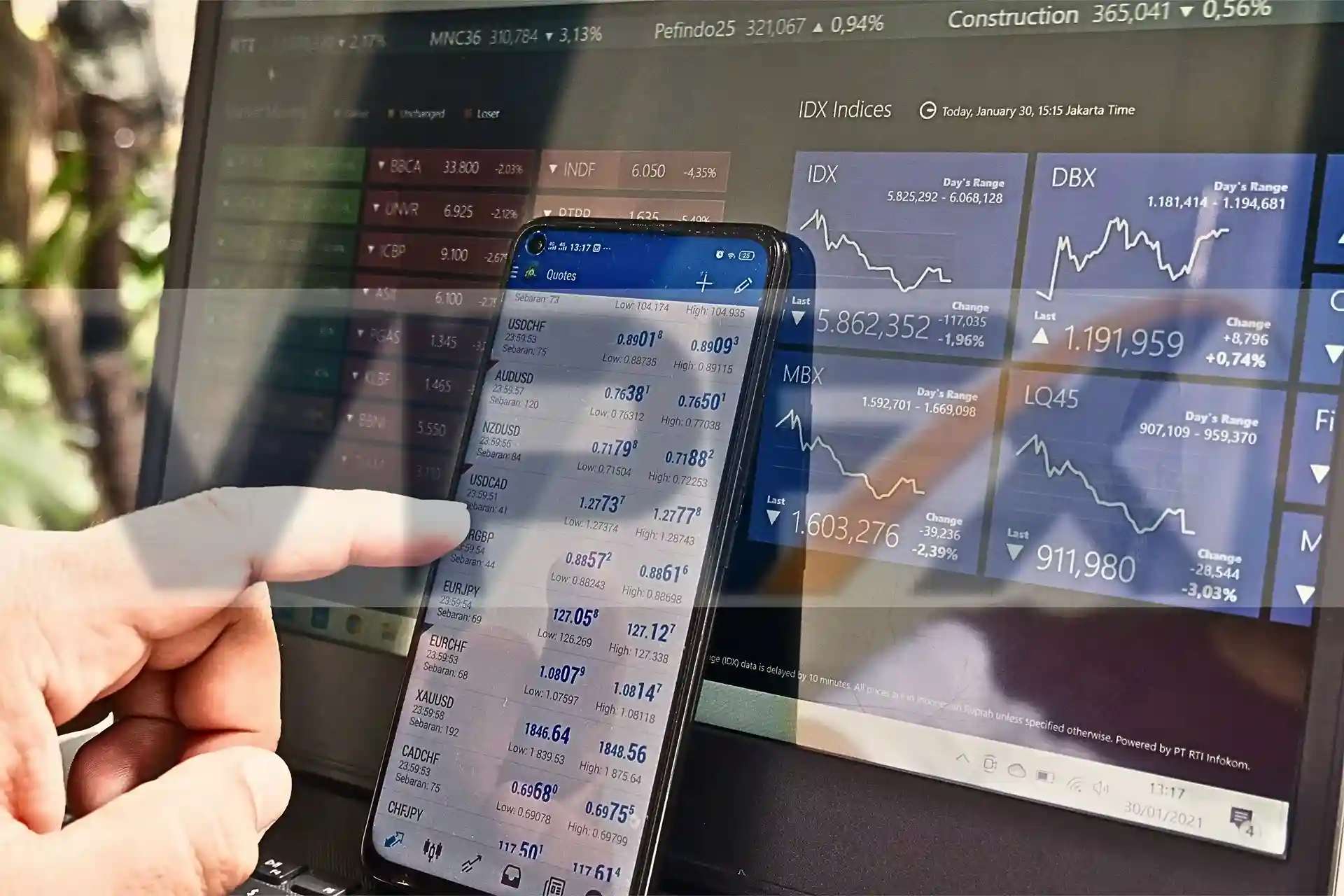Expert Tips for Creating a Trading Strategy that Works for You
The strategy used by a trader to make a choice to sell, buy or hold his financial tools like stocks, commodities, or currencies is known as trading strategies tips. A proper trading strategy and knowledge of the market are important in order to identify and make a profit from opportunities. Successful trading strategy will depend on the preferences of different people. We provide in this article some of the best expert recommended pro trading strategy tips so that you can enhance your odds in the stock market.
1. Understand the Market Before You Start Trading
A solid trading strategy is essential. Being well-informed will not let you get lost in the huge number of details in the trading world. No matter what kind of financial instruments you choose to trade – forex, indices, commodities or anything else – there are three key areas for successful trading strategies that every day trader should pay close attention to:
- Understanding market terminology
- Recognizing the unique characteristics of the market
- Identifying the factors that impact price movements
2. Determine Market Conditions
Essentially, for any market condition assessment, it is critical to note and leverage those robust trading indicators that can highlight a potential trading opportunity. It uses the basic technical and analytical tools. The main difference is the use of the data for forecasting future trends of the market. Technical analysis based on a historical analysis of the price movement. On the other hand fundamental analysis applies monetary and economic aspects that can influence the future of the exchange.
Financial market research can be such a daunting task at first, but just like in any exciting topic, you can have a starting simple approach and keep advancing as you get to understand the workings of financial markets. Beginners in day trading may start with news, and understanding the support and resistance levels as well as basic organizational structures. Experienced traders, on the other hand, can identify trading signals in financial statements as well as complex technical indicators.
3. Know Where to Enter the Market
An entry point in trading is a price level at which one is ready to start a trade. You will obviously find some market conditions where it is favorable to trade and others where it is advisable to wait during your market analysis. When you have ensued a strong trading signal, be sure to jump into a trade. But if you are tentative about the current market condition, or perhaps you have conflicting information, it would be good to wait for a stronger signal before making a trade.
In certain cases, the signal may appear strong but the entry point is not yet available as desired. Then, in that case, a pending order needs to be fixed, which will be carried out only after the price touches the specific level you have fixed. These types of pending orders are one other way to manage risks and ensure that one enters the market according to a predetermined plan.
4. Assess Your Risk Appetite
Newcomers in trading often fear risk and tend to fixate on losses, sometimes even hesitating to exit a losing trade. They may take on more risk, hoping the market will eventually turn in their favor. Seasoned traders understand that every trade carries a level of risk. This is why establishing a suitable risk threshold before trading and adhering to expert trading strategy advice is crucial in developing a successful day trading plan. A prudent day trader will never risk more than what they are willing to lose.
5. Understand Your Risk/Reward Ratio
A risk/reward ratio is looking for the perfect balance between the loss you are prepared to take and the potential reward you can receive. Once but not before having determined the level of your risk tolerance, the next step means establishing a desirable level of reward. Similar to a 1-3% risk level, a 1:3 risk/reward ratio is commonly seen as suitable by traders.

6. Control Your Trading Capital
The price fluctuations in any trading market are not in your control as a trader. The concept is to affect you with the results in both positive and negative aspects, while effectively managing the account in your trading. Risk management tools like stop loss and take profit, well applied, may equally maintain a healthful risk/reward rate and keep off an unexpected result. In trading, outcomes typically fall into three categories:
- The market goes in your favor
- Market moves against you
- Market trades sideways
By utilizing features like take profit to secure gains and stop loss to minimize losses, you can maintain control over your trading account.
7. Document Your Trading Plan
To reassess your day trading plan, it’s important to thoroughly review each step and determine if the information you gathered earlier is still applicable. That’s you must document your strategy.
Here are a few examples of steps that can be included in any trading plan:
- Reviewing the previous trading session.
- Analyzing existing trading opportunities:
- Conducting a macro-analysis of the current market, including news, economic reports, and other factors that impact the markets.
- Performing a micro-analysis of the current market by reviewing charts and technical indicators.
- Establishing a specific entry point.
- Determining a risk level that you are comfortable with for each trade.
- Setting defined stop loss and take profit levels.
Remember, every trading plan is individual and corresponds to the trader’s intentions. If you simply write down a plan following these steps, it will guide your actions toward maintaining focus and staying on course.
8. Apply Discipline and Consistency
There is nothing that guarantees a path to success in trading, just like many things in life; however, being disciplined and consistent can be quite vital. It might require multiple attempts and some patience to determine if a particular strategy is effective. Novice traders often abandon their plans after experiencing their initial loss and switch to a different strategy in the hopes of finding better results.
You need to stay focused and continuous in analyzing the specific features of your trading sessions. Also you should make future decisions based on a thorough understanding of what effective trading strategies work and what don’t.
The Bottom Line
To create a profitable trading strategy, it’s essential to grasp the market, evaluate risks, and uphold discipline. By heeding these professional suggestions, you can craft a strategy that suits your objectives and boost your trading success. Stay concentrated, stay steady, and never stop learning.




